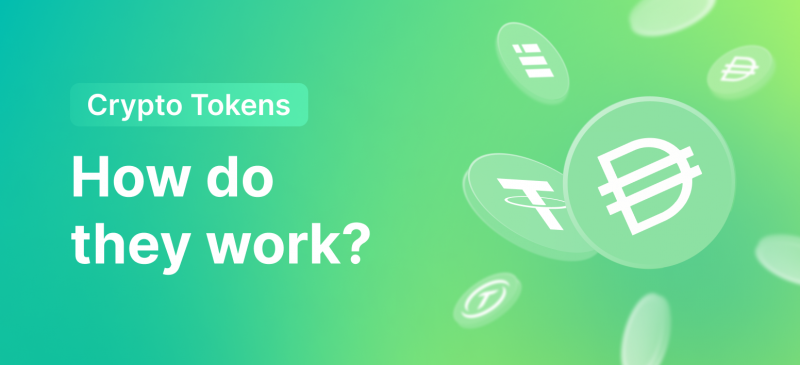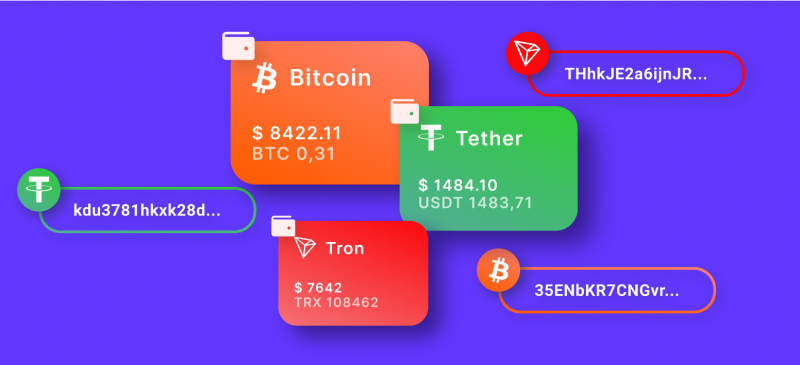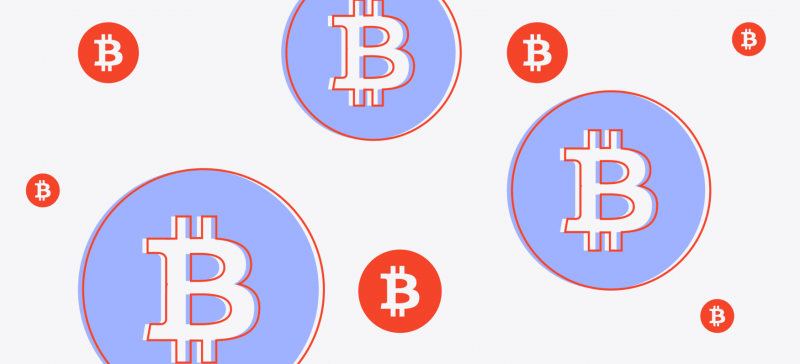Everyone who has at least once encountered crypto trading knows that virtual currencies are digital assets operating using different protocols based on distributed ledger technology. Each cryptocurrency has properties and prices, which determine its investment attractiveness. At the same time, there are tokens, digital certificates that guarantee a company’s obligations to its owner, analogous to shares on the stock exchange in the world of cryptocurrencies.
This article is about what crypto tokens are, how they work, and what types they come in. Additionally, you will learn how crypto tokens differ from cryptocurrencies and understand what asset tokenization is and how it works.
Key Takeaways
- A crypto token is a digital record in a crypto registry that certifies the owner’s rights to something on a blockchain.
- Unlike cryptocurrencies, crypto tokens are not backed by their own blockchain and instead are powered by the blockchains of other cryptocurrencies.
- Tokenization is the process of converting something of value into a cryptocurrency token with a certain amount of rights attached.
What Are Crypto Tokens and What is Their Purpose?
Historically, a token was a monetary equivalent issued by private companies and individuals as a substitute for small coins when states could not mint enough money. However, when it comes to tokens in the cryptocurrency world, the answer to the question of what they are is a bit more complicated.

To explain in simple terms, a crypto token is a record on a blockchain that confirms rights to something, such as the ownership of an asset. In this sense, cryptocurrencies are also tokens, but not all tokens are digital currencies. Tokens can have a direct monetary value that depends on their value, and they can also be tied to the price of real assets, such as the securities of companies. Such assets are called tokenized assets. The purchase of such a tokenized asset does not involve the purchase of stock, but rather the token reflects the current price of the security on the exchange.
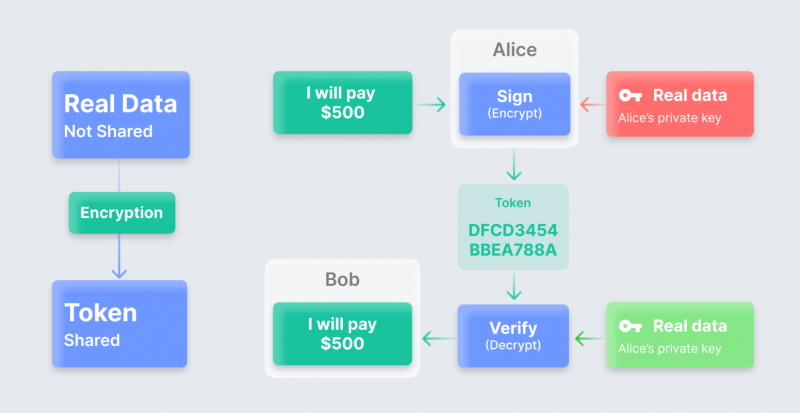
In the token world, there is a concept of standardization. Standardization means having a set of rules that define what data a token must contain, what actions and behaviors it is capable of, and what operations a holder or community of token holders can perform concerning that token. The token standards offer guidelines for creating, issuing, deploying, transmitting, burning, and many other aspects of tokens on the underlying blockchain. As one would expect, these token standards are likely to emerge on blockchains that support the development of smart contracts, as such a blockchain can support the creation of an arbitrary number of tokens based on it.
Types of Crypto Tokens
Today’s cryptocurrency world is characterized by a wide variety of coins and tokens, from payment cryptocurrencies such as Bitcoin and ETH to well-known NFTs. Knowing how to navigate crypto tokens is an important skill for navigating the Web3 space, which is one of the key development areas of crypto technologies and concepts that form an entire ecosystem. Below are the most common types of crypto tokens, each with its own uniqueness.
1. Payment Tokens
A payment token is any digital representation of value that is expressed in units, not denominated in any currency and not tied to any currency by its issuer; acts as a medium of exchange, is accepted by society or part of society as payment for goods or services or to pay off a debt; can be transmitted, stored or sold electronically; meets other characteristics.
2. Non-Fungible tokens (NFTs)
NFT, or Non-fungible token, is a certificate proving that you own a unique object in digital space. Non-fungible means unique and impossible to replace with another object. Each NFT contains a digital signature that makes the token unique, which exists in a single copy. All information about its author, buyer, and all transactions with it is securely stored in a blockchain. In other words, an NFT is a digital certificate attached to a unique object.
3. Stablecoins
Stablecoins are a form of payment tokens whose price, in practice, should remain stable over time. Such tokens are usually backed by real assets or funds (such as short-term government bonds, fiat currencies, commodities, real estate, and securities) or other crypto assets. They can also take the form of algorithmic stablecoins (with an algorithm used to stabilize the volatility of the token’s value). While some of these stablecoins may qualify as financial instruments or electronic money according to some financial regulators, others may go beyond regulation and have a different status.
4. Decentralized Tokens (DeFi)
DeFi tokens are various digital currencies used on decentralized platforms to implement their functions and offerings and operate based on smart contracts. DeFi tokens are permission for a user to access certain services of an application or an entire organization, also built on a blockchain. Good examples of this type of token are DeFi Coins or DeFi Yield.
5. Utility Tokens
Utility tokens are digital assets that companies issue to develop their project’s ecosystems. In fact, such tokens are explicitly created for users to gain access to the company’s products. By purchasing a token of a particular project, investors get advantages when using the company’s products. Buying an asset is necessary to start using the project’s benefits.
6. Security Tokens
Security tokens crypto are digital analogs of securities certifying ownership and giving the right to carry out investment activities (for example, dividends, profit shares, etc.). These rights are recorded in a protocol, and the tokens are traded on exchanges. Security tokens follow the regulations of various countries’ financial regulatory bodies, such as the U.S. Securities and Exchange Commission (SEC) or the Swiss Financial Markets Supervisory Authority (FINMA).
7. Privacy Tokens
Privacy tokens are a class of cryptos that enforce private and anonymous blockchain transactions, hiding their origin and destination. To effectively maintain anonymity and intractability, privacy tokens use many strategies, the most popular of which are: hidden addresses, ring signatures, zk-SNARK, or CoinJoin. Some methods include hiding the user’s real balance and wallet address and mixing multiple transactions to avoid blockchain analysis.
8. Exchange Tokens
Exchange tokens are digital instruments created by cryptocurrency exchanges for use within their financial infrastructure. Such tokens are used to maintain liquidity within the exchange and can be used to pay for various kinds of services, including trading commissions for transactions. One of the most famous examples of such tokens is the BNB token of the world’s largest cryptocurrency exchange, Binance.
9. Governance Tokens
Governance tokens are the crypto tokens used to represent voting on the blockchain, distributing decision-making power from a centralized entity to the entire community. For example, the Compound’s popular savings protocol issues a COMP token for all users. This token gives its owners a say in the Compound’s modernization process. Logically, it follows that the more COMP tokens the owner has, the more votes he gets.
10. Wrapped Tokens
Wrapped tokens are a type of digital token whose price is related to the price of another digital currency at a 1:1 ratio. The principle behind wrapped tokens is that they “wrap” the original currency into a smart contract on its native network. Then, in the second blockchain, an equivalent of that currency, known as “wrapped,” is created. Wrapped tokens are handy when we move one currency created in one blockchain network to another and conduct transactions there.
The most popular type of token today is NFT, which is growing in popularity faster than other types of crypto-tokenized assets.
Crypto Tokens vs. Cryptocurrencies: What is the Difference?
There is a significant difference between a crypto coin and a token in that crypto coins contain their own blockchain, while tokens are built on top of existing blockchains. For example, Bitcoin, Ethereum, and Litecoin are all examples of coins that have their own ledger. Coins are used as a means of payment through independent blockchain networks and are used for transactions. In turn, crypto tokens can be compared to securities or ownership certificates. A crypto token is a digital representation of a share of ownership in a DAO, some digital product, or even a physical object (in the case of NFTs).
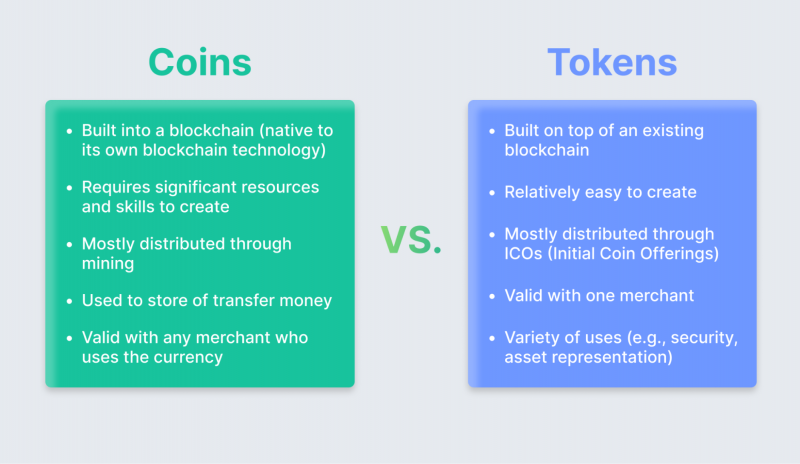
Tokens can be centralized or decentralized, depending on the project’s structure, which is another crucial distinction between them and crypto coins. While decentralized tokens are managed by a distributed network, centralized tokens are managed by a single entity.
Both tokens and coins are an integral part of the cryptocurrency world. Tokens represent assets or utilities on a blockchain and are used for different purposes. Coins, on the other hand, have their independent blockchain and serve as a decentralized digital currency. Understanding the difference between these two terms is essential to effectively navigate the world of cryptocurrency. Both tokens and coins have unique characteristics and uses, but ultimately they serve as innovative tools for transferring value and decentralized capital storage.
On the other hand, the coin issuance procedure is gradual (the classic notion of mining applies when the user contributes his computing power to open new blocks and develop the blockchain), and token creators issue the entire volume of coins at once, distributing them at will to perform certain tasks. The rate of a token, like a crypto coin, depends on supply and demand, but not just that. The price of this type of virtual asset can also vary depending on the terms of the issue, which are different in nature and determined by several factors.
Still, tokens and crypto coins have many similarities. They work with blockchain-based cryptography, and they can be freely exchanged and thus indicate a price based on supply and demand. The methods for transferring and storing tokens are almost identical to the transfer and storage of cryptos. Tokens may be stored in the wallet applications on the platform of the project that issues these tokens. Cryptocurrency, in turn, can be stored in independent wallets of different projects and companies.
Asset Tokenization: What Is It and How Does It Work?
All assets, be they securities, stocks, or real estate, have a property of value. Financial assets are easier to represent, meaning they can have different values depending on the assets they will be represented. It also means designated assets can be easily exchanged, transferred, or converted. With the advent of distributed ledger technology and the ability to perform functions such as tokenization and transactions, representing assets has become much more accessible and has led to new opportunities to use them.

Asset tokenization crypto is turning real assets into digital tokens on the blockchain. This can include everything from real estate and artwork to company stocks. Tokenized assets can be easily bought, sold, and exchanged within the distributed ledger network, opening up new opportunities for investors and asset owners. Tokenization transfers value without involving a third party while preserving confidential information. Sending data as a sequence of characters that lose value outside a strictly defined context ensures the security and safety of tokens.
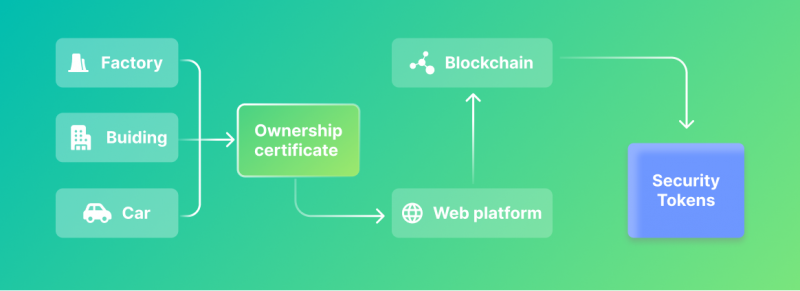
One of the main benefits of asset tokenization for businesses is raising capital without going through traditional IPO or private placement processes. Companies can tokenize their business or assets to attract investment in their project without issuing common stock or bonds, which tends to dilute ownership in the company. On the other hand, through tokenization, investors gain access to previously inaccessible markets, have a low entry threshold for investing, and have the chance to diversify their portfolios. At the same time, the investor receives all the advantages of using a blockchain system – a transparent settlement model and unchanged asset ownership.
Tokenization has serious benefits, expressed in the following points:
1. Privacy
The main advantage of tokenization is that tokens are only useful inside the system where they function. This method is ideal for protecting sensitive data. Unlike encryption, where anyone with the key to unlocking the cipher can figure out the raw data, the token cipher may not contain any personal data, so it cannot be stolen and used for harm. Asset tokenization has a token partitioning feature, which allows a token to transfer a portion of the assigned asset without physically dividing the asset into parts.
2. Programmability
The ability to embed certain business logic into smart contracts allows many operations to be automated. Tokenization can also simplify investment and rights management. Secondary transactions can be easily tracked by partnering with third-party exchanges, allowing mailings and other rights (such as voting) to be exercised via blockchain.
3. Liquidity
Businesses all over the world face the problem of low liquidity. Although companies have assets to raise additional capital, their involvement in the market is hindered because, according to traditional financial institutions, they are among low-liquid or completely illiquid assets. However, converting assets into tokens will make it possible to speed up the trading procedure, reduce the cost and increase the liquidity of assets.
Conclusion
The development of crypto technologies is revolutionizing the world of finance, allowing a different perspective on the industry. Crypto tokens, being one of the important elements of the crypto space, now perform many different functions and, unlike crypto coins, give more advantages within the framework of business creation.
